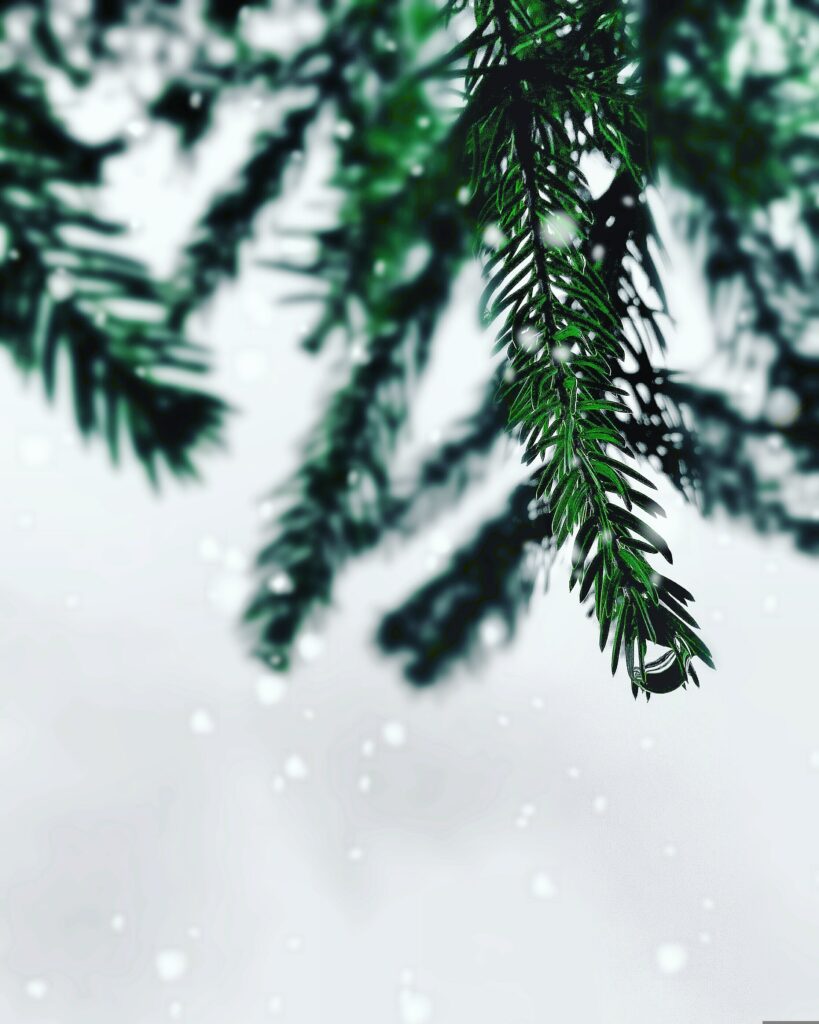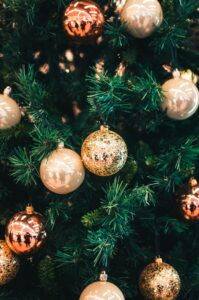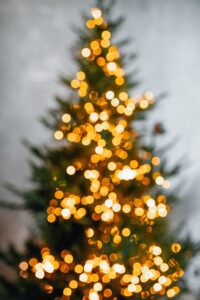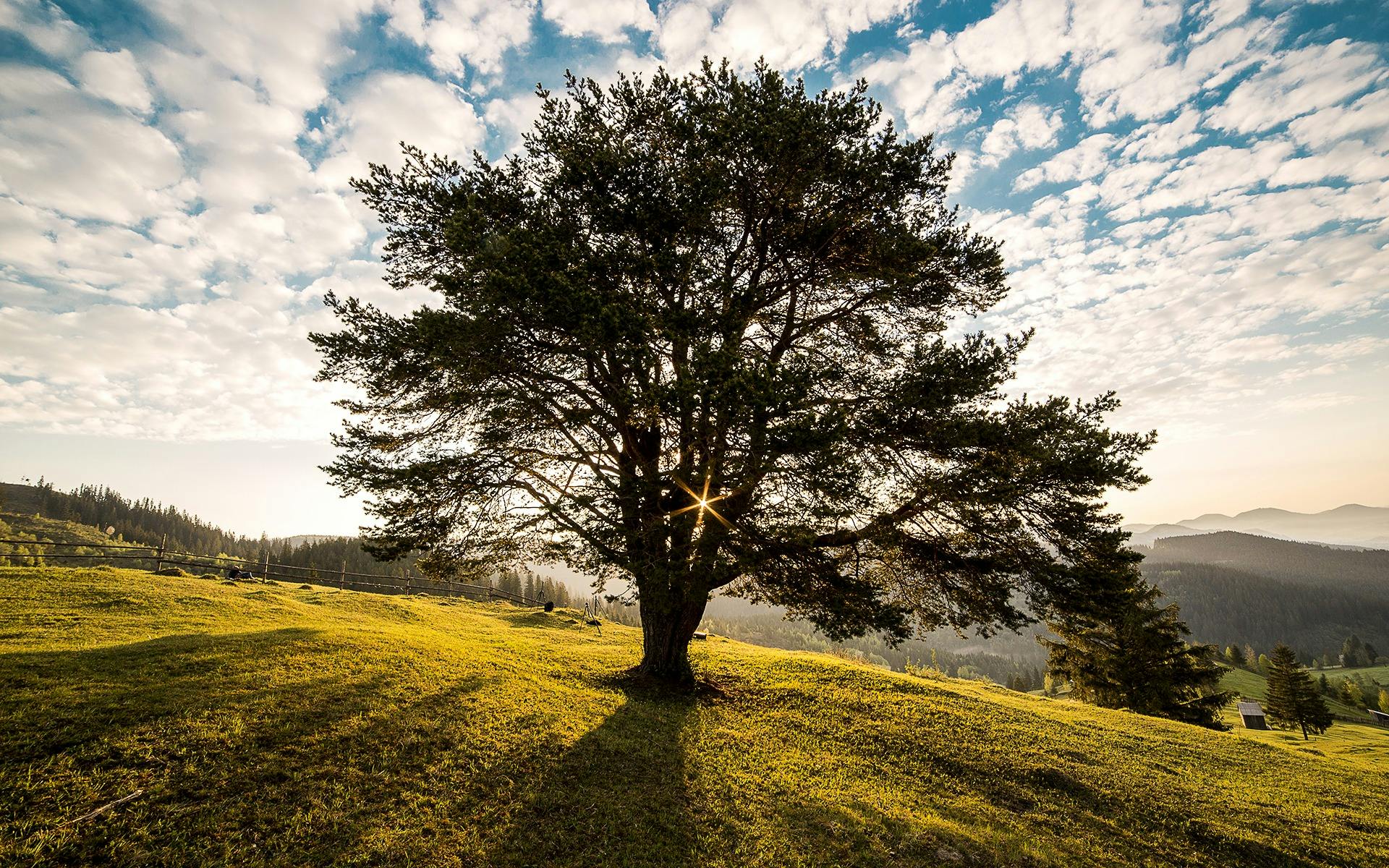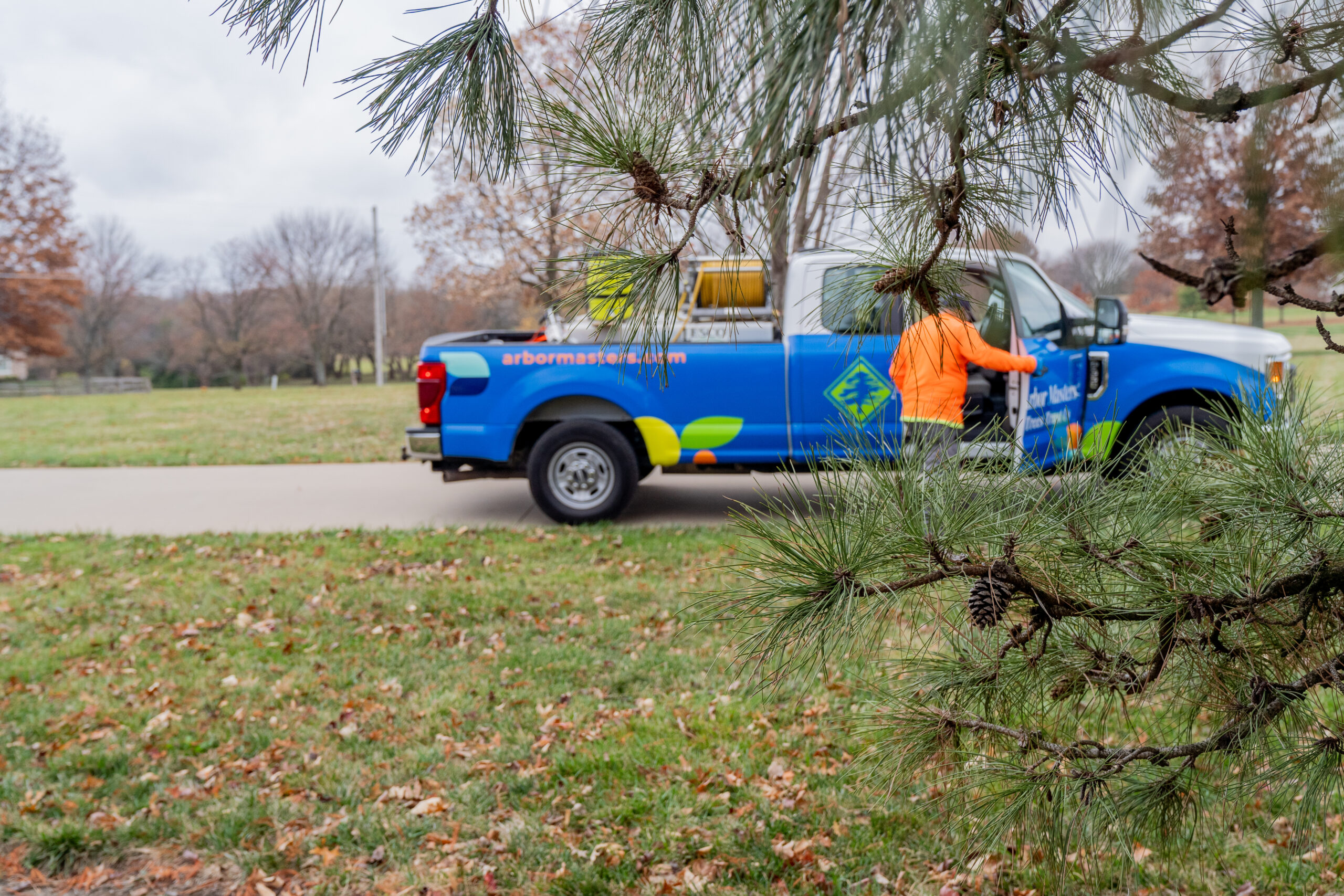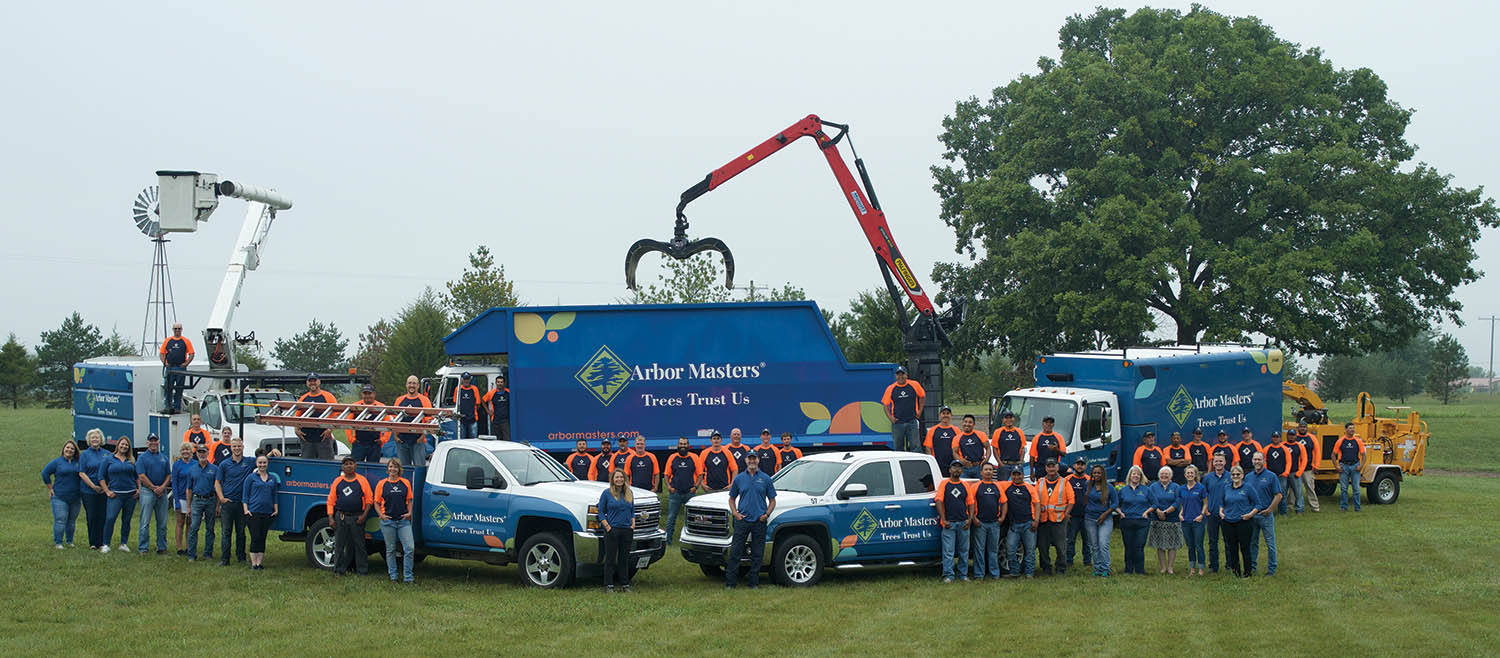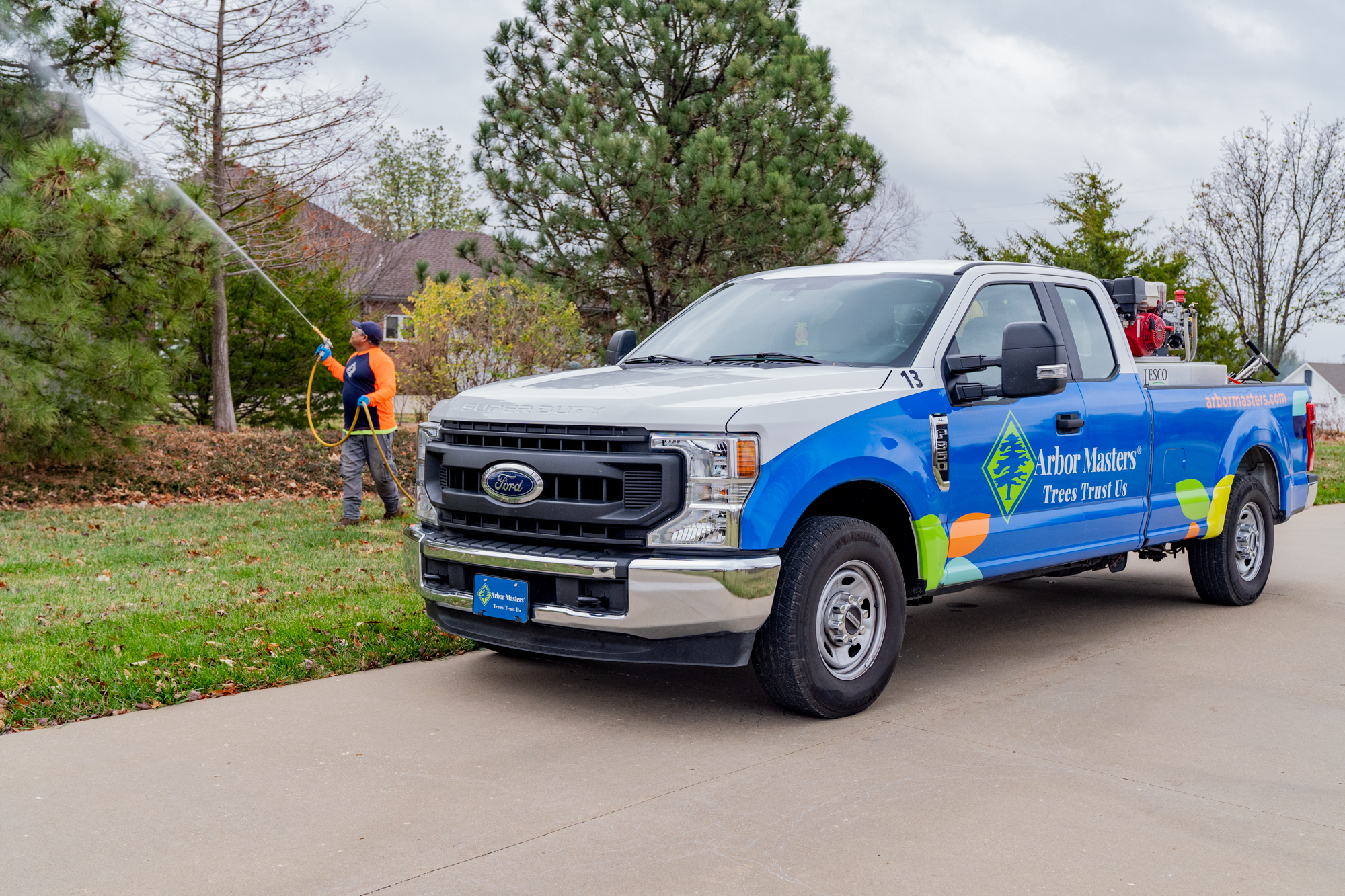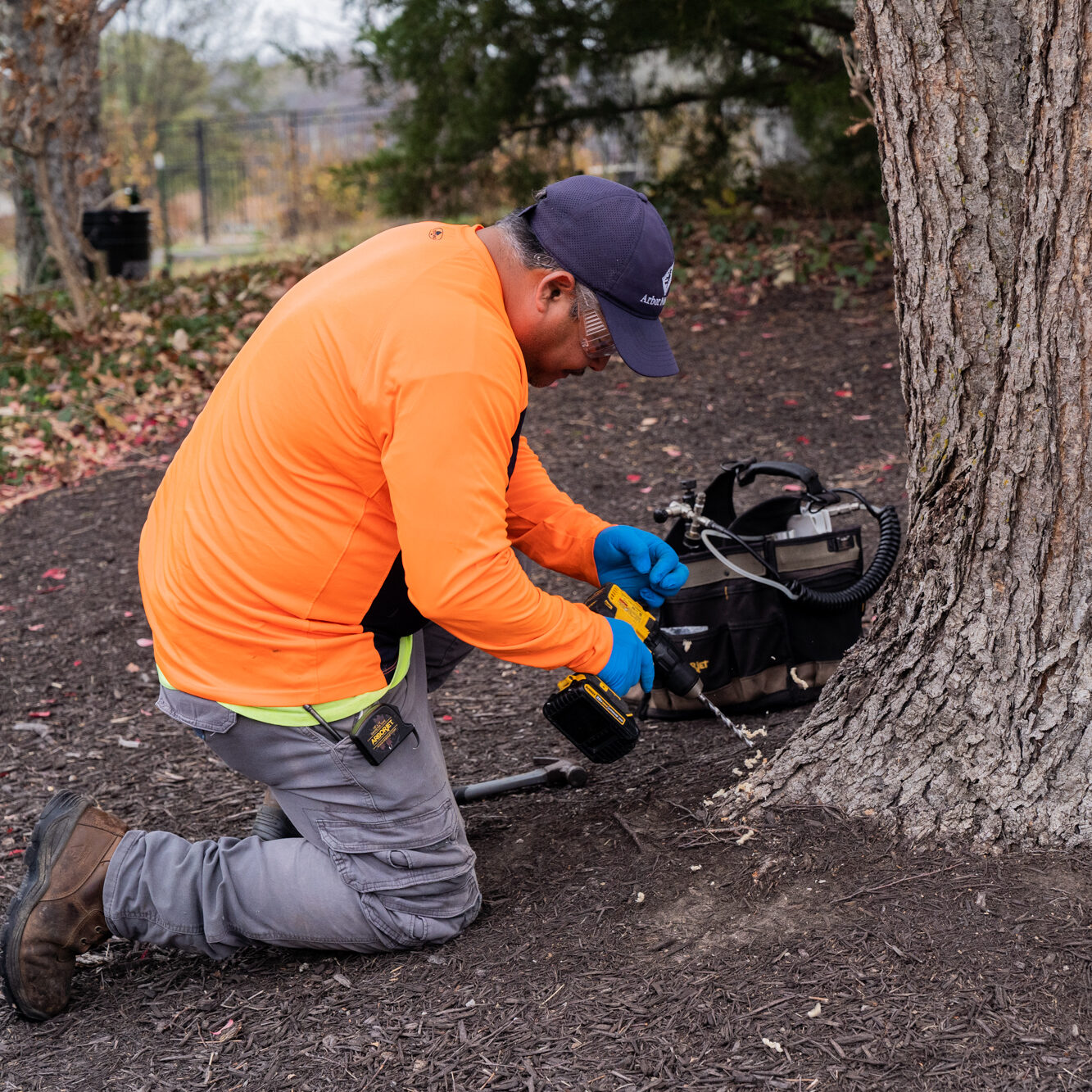Trees 101: Everything you want to know about Christmas Trees
History of Christmas Trees
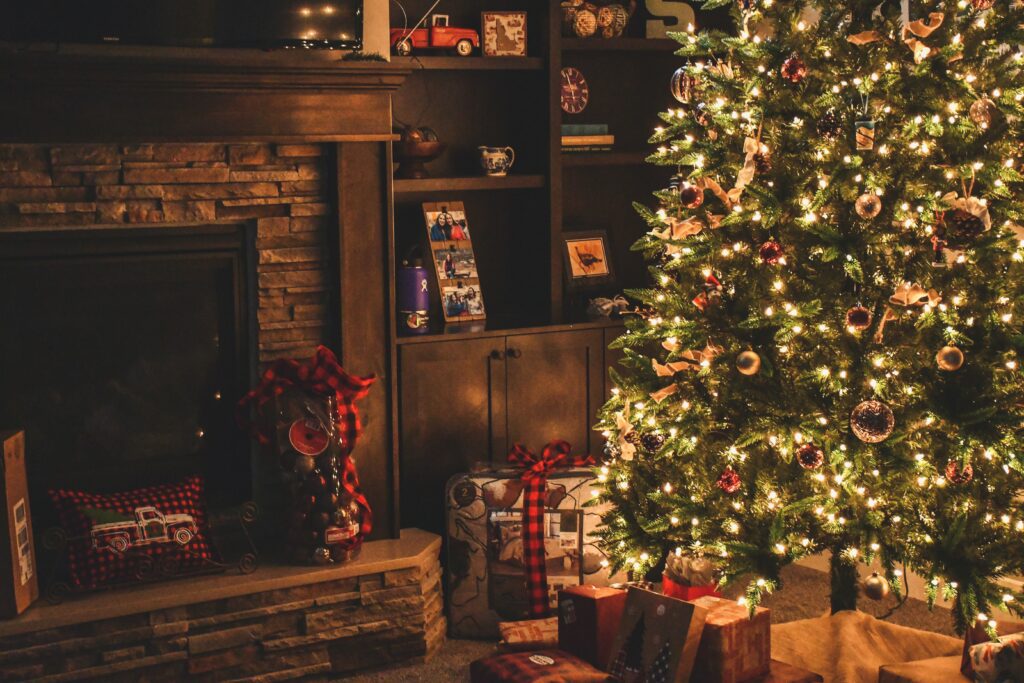
What types of trees are Christmas trees?
Modern Christmas trees come in all shapes, sizes and species. Some of the most popular tree varieties include the Scots Pine, Noble Fir, Fraiser Fir and Douglas Fir. Each of these evergreen trees have their own unique smell, shape and color. Each of these live Christmas tree varieties requires regular maintenance to keep them beautiful and full of cheer throughout the holiday season. Alternatively, artificial Christmas trees are becoming more popular and often require less maintenance than a real Christmas tree.
How much does a real Christmas tree cost?
The cost of a live Christmas tree varies depending on the type and size you are looking for, as well as your location. Generally, a six-foot Christmas tree will cost between $50 and $80, with bigger trees and plantable trees going for higher amounts. Many Christmas tree farms and nurseries also offer discounts or specials throughout the season so be sure to check online in your local community for any savings that might be available.
How are Christmas Tree farms recovering after the Christmas tree shortage?
Christmas trees have been in demand for centuries during the holiday season, but since the raise in demand during the COVID-19 pandemic, many Christmas tree farms are facing a shortage of available, mature trees. Because of the rise in demand, many Christmas tree farms were not able to operate as normal due to restrictions and safety protocols. This caused an unprecedented shortage of Christmas trees across North America leaving many wondering how Christmas tree farms are recovering from this crisis.
Fortunately, Christmas tree farmers are doing their best to make up for the losses they experienced the past two years. Many tree farms have invested in new growing techniques and technologies such as farm automation systems that allow them to produce more trees quickly and efficiently while still following all safety guidelines. With these changes, Christmas tree farmers are on track to meet the high demand for Christmas trees this year and for years to come. Tree farms now regularly offer an array of classic evergreens as well as more unusual species such as blue spruce and white fir trees. This allows those looking for something a bit different or unique to find just the right Christmas tree for their holiday decorating needs.
How much does an artificial Christmas tree cost?
The cost of an artificial Christmas tree varies depending on the type and size you are looking for. Generally, a 6 ft Christmas tree will cost between $50-$100 USD. Many retailers also offer discounts or specials throughout the season and after the holidays so be sure to check around your local community for potential savings.
How do I decorate my Christmas tree?
Whether you choose a live Christmas tree or an artificial one, there are plenty of decorating options to make your Christmas tree unique and special.
Start by stringing lights around your Christmas tree. Colorful or white lights will create a festive atmosphere in any home. Consider adding some decorative garland such as tinsel or beads for extra sparkle and shine. You can also hang decorations such as ornaments, bows, bells, and stars from the branches of your Christmas tree to add a personal touch. Finally, don’t forget the star on top of the tree – it’s one of the most important decorations!
Taking care of your Live Christmas Tree
How do I care for my Christmas tree?
Caring for live Christmas trees is essential to ensuring their longevity and beauty throughout the holiday season. If you have a live tree, it’s important to give it plenty of water so that the branches stay green and fragrant. Make sure to check the tree’s water level every day to make sure it’s not drying out. At Arbor Masters, we specialize in holistic plant and tree care. If you need advice from a certified arborist about the holistic care of your live Christmas tree, contact us today.
Can my Christmas tree burn down the house?
No indoor live tree is completely fireproof, and caution should always be taken when decorating with lights or candles around your Christmas tree. Keeping a live tree well-watered can help reduce the risk of fire, as dry evergreen trees are more likely to ignite. Additionally, ensure that all decorations used on the Christmas tree are flame retardant and away from any heat sources. Taking these precautions will minimize the chances of your tree becoming a fire hazard.
How to keep your cats or dogs out of the Christmas tree?
If you have cats or dogs in your home, they may be tempted to climb into and tangle themselves up in your tree. To prevent this from happening, create a barrier around the Christmas tree using baby gates or other deterrents like lemon juice sprayed on the branches. You may also want to place treats or toys near the Christmas tree so that your pet will be distracted by these items instead of trying to climb it. Finally, make sure that any Christmas decorations are safe for pets – avoid small or sharp objects that could hurt them if ingested.
If you’re like us and just can’t get enough of our region’s beautiful trees, be sure to take excellent care of your Christmas trees to keep them healthy and happy all holiday season. Contact our certified arborists today to learn how we take care of all the trees on your property.

